In the documentation, it says:
The block is copied by the notification center and (the copy) held until the observer registration is removed.
And it provides a one-time observer example code like so:
let center = NSNotificationCenter.defaultCenter()
let mainQueue = NSOperationQueue.mainQueue()
var token: NSObjectProtocol?
token = center.addObserverForName("OneTimeNotification", object: nil, queue: mainQueue) { (note) in
print("Received the notification!")
center.removeObserver(token!)
}
Now I expect the observer to be removed as removeObserver(_:) is called, so my code goes like this:
let nc = NotificationCenter.default
var successToken: NSObjectProtocol?
var failureToken: NSObjectProtocol?
successToken = nc.addObserver(
forName: .ContentLoadSuccess,
object: nil,
queue: .main)
{ (_) in
nc.removeObserver(successToken!)
nc.removeObserver(failureToken!)
self.onSuccess(self, .contentData)
}
failureToken = nc.addObserver(
forName: .ContentLoadFailure,
object: nil,
queue: .main)
{ (_) in
nc.removeObserver(successToken!)
nc.removeObserver(failureToken!)
guard case .failed(let error) = ContentRepository.state else {
GeneralError.invalidState.record()
return
}
self.onFailure(self, .contentData, error)
}
Surprisingly, the self is retained and not removed.
What is going on?
